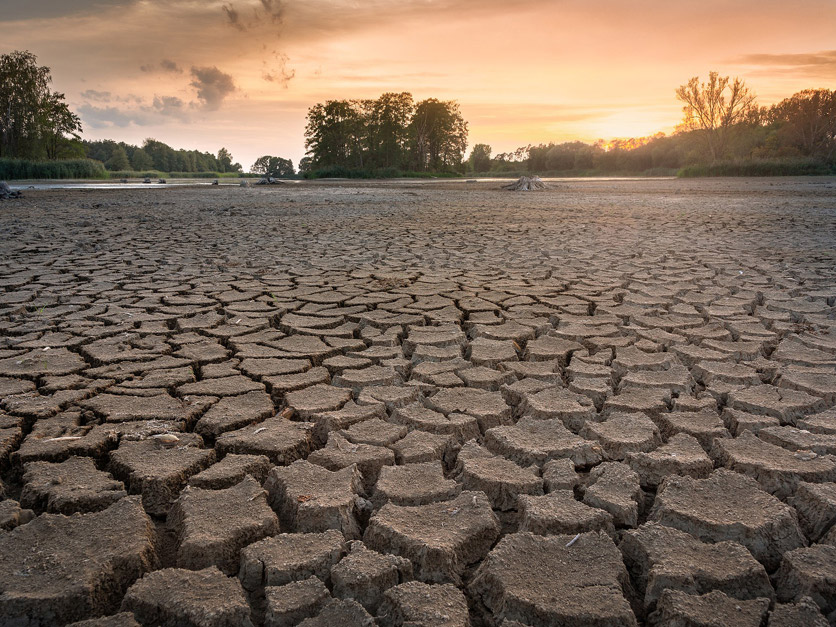The California Natural Resources Agency (CNRA) has released a detailed assessment of state policies enacted during the drought of 2012–16.
During that time, communities cut water usage by 25%, state leaders invested $7 billion in water resilience projects, and the Legislature passed the Sustainable Groundwater Management Act (SGMA).
Water deliveries fell to unprecedented levels and growers turned to groundwater to make up the difference, with heavy pumping triggering record declines in groundwater levels. This accelerated land subsidence in parts of the San Joaquin Valley, damaging water supply infrastructure, according to CDFA.
“Experience is a great teacher,” writes CNRA Secretary Wade Crowfoot. “This report is timely and helpful.”
Interested in more coverage and insights? Receive a free month of Agri-Pulse West.
UC Davis academics watching the current dry conditions are thinking about “a new era” for drought in California. During the four years following the last drought, the state experienced record wildfires, with more than $55 billion in damages, they write in a blog post.
The biggest “traditional” drought impacts are likely to come from increased agricultural groundwater pumping. This could leave rural residential wells dry, lead to further subsidence and make it harder to achieve SGMA objectives. The researchers worry another drought could also lead to “the true end” of the endangered Delta smelt fish.


